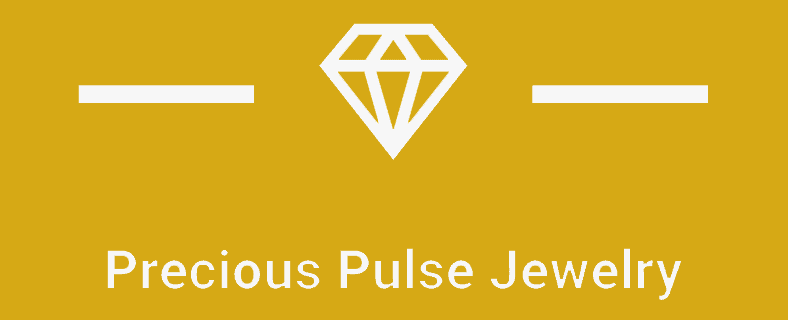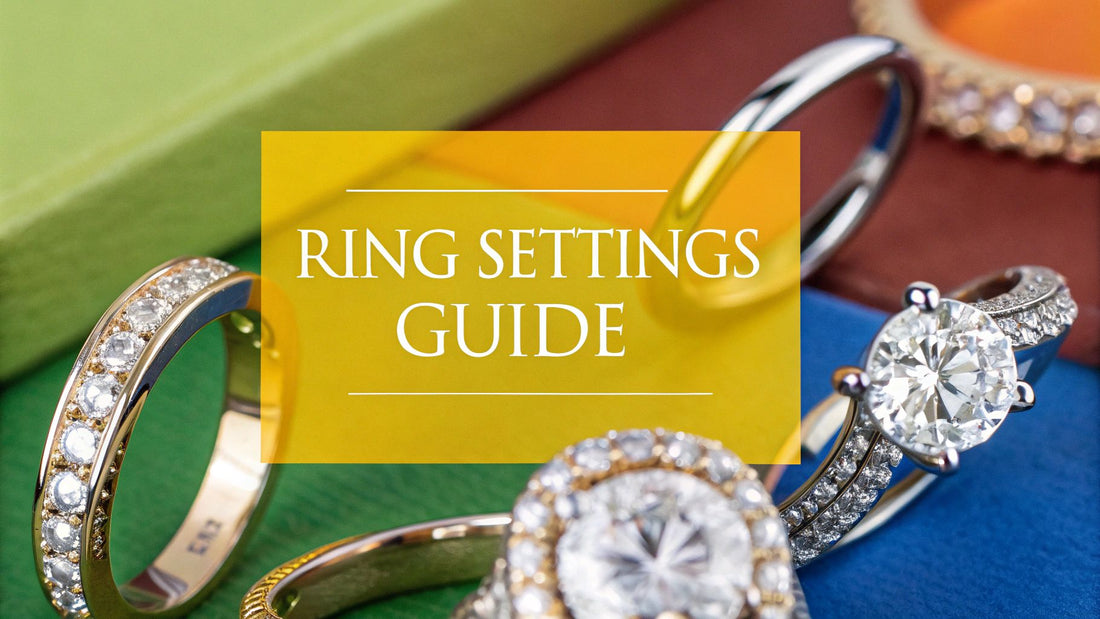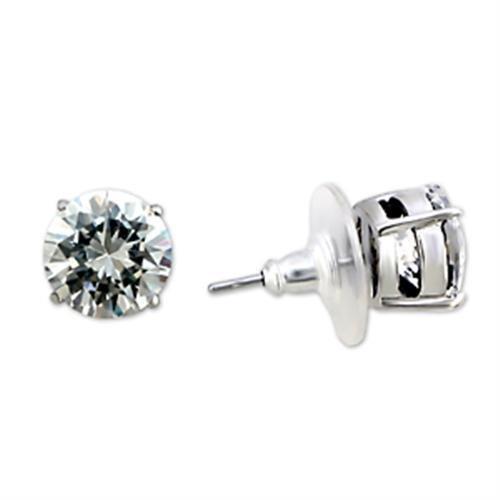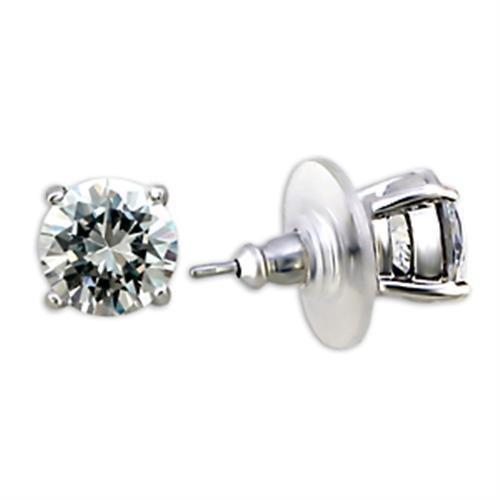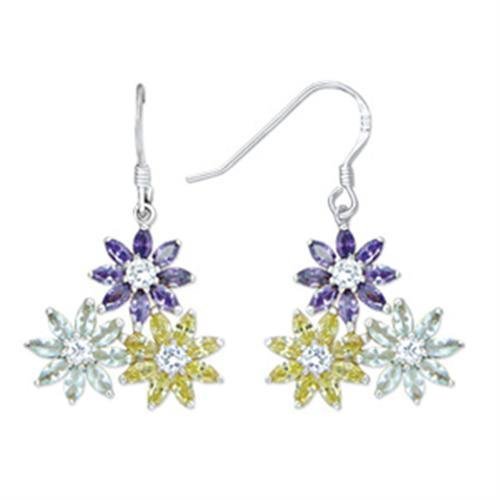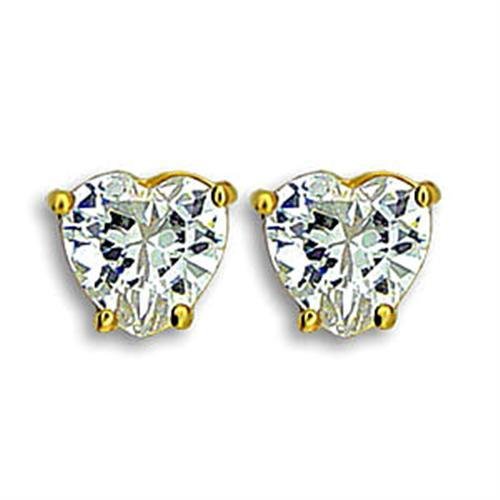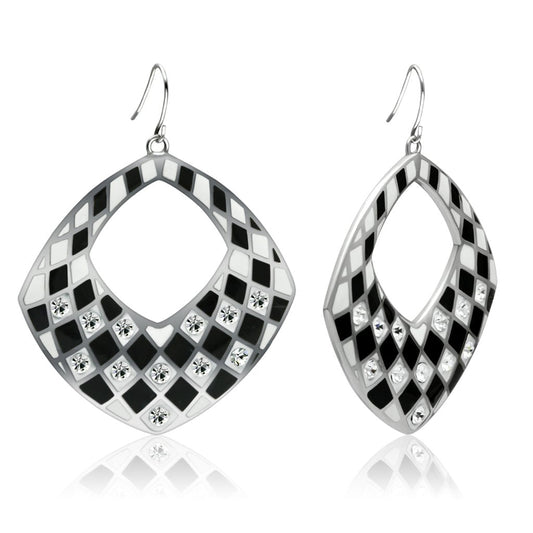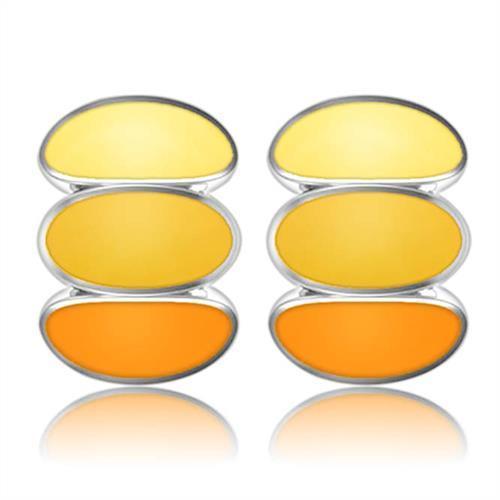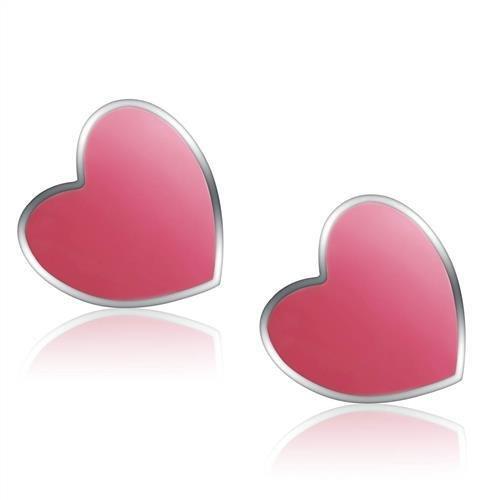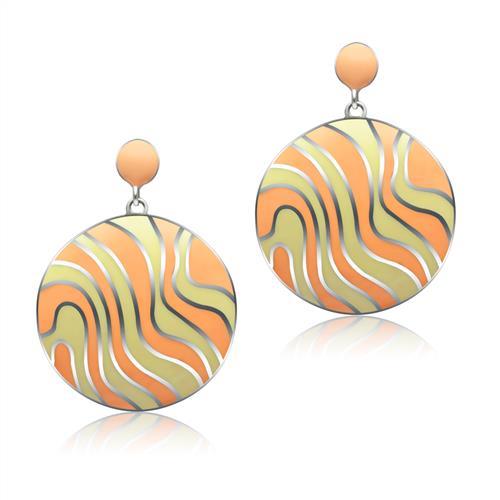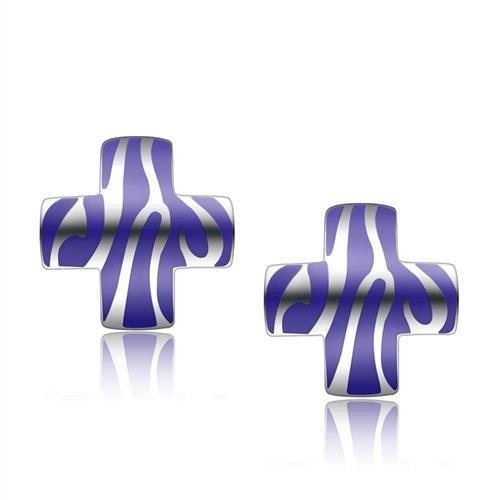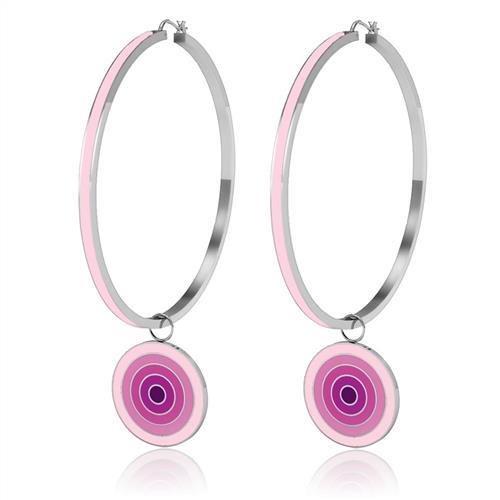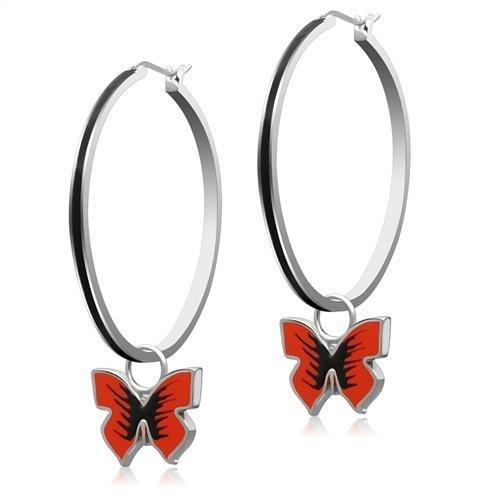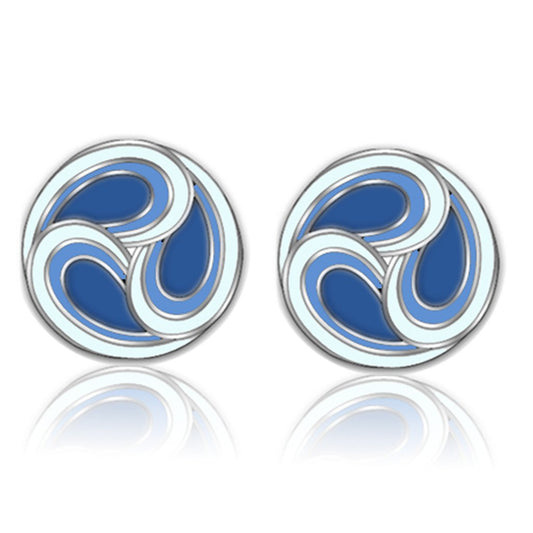Choosing an engagement ring's setting is like choosing the perfect frame for a masterpiece painting. It’s the metal architecture that not only holds the center stone securely but also defines the ring's entire character. From the timeless elegance of a solitaire to the dazzling brilliance of a halo, let's explore the most popular engagement ring setting types to help you find the one that tells your unique story.
What Is An Engagement Ring Setting?
The setting is the metal framework that cradles the center diamond or gemstone. It's the single most important element in defining the ring's overall style, durability, and how it feels on your hand. Picking the right one is just as crucial as choosing the diamond itself.
A simple, elegant setting lets the diamond shine on its own, while an ornate, detailed one becomes an integral part of the design. The right choice elevates the entire piece, turning a beautiful stone into a breathtaking ring.
Why The Setting Matters So Much
The setting you choose will influence almost every aspect of your ring's final look and practicality. It's where beauty meets function, making it a pivotal decision in your journey.
Here's exactly what the setting controls:
- Overall Vibe: Is your style classic, modern, or vintage-inspired? The setting is what tells that story. A sleek bezel screams contemporary, while a solitaire is timelessly elegant.
- Stone Security: This is the most practical job of the setting. A well-crafted design is the primary line of defense for your diamond, keeping it safe from the bumps and snags of daily life.
- Sparkle Factor: The way a setting is designed can dramatically enhance a diamond’s brilliance by controlling how much light can enter and reflect within the stone.
- Visual Impact: Some settings are masters of illusion. Designs like the halo are cleverly engineered to make the center diamond look significantly larger and more impressive than its carat weight suggests.
Your ring's setting is the very foundation of its design. It's the element that brings your personal style to life, ensuring the ring you wear every day is a true reflection of you.
From the quiet confidence of a solitaire to the intricate shimmer of a pavé band, each of the different engagement ring setting types brings something unique to the table. Our goal here is to give you clear, real-world advice so you can confidently choose a setting that not only makes your diamond pop but also fits seamlessly into your life.
1. The Classic Solitaire Setting
When you close your eyes and picture an engagement ring, this is probably what you see. The solitaire setting is the quintessential classic, celebrated for its elegant simplicity. It features a single, gorgeous gemstone held aloft, making it the undeniable star of the show.
There are no side stones or intricate metalwork to distract the eye. This clean, focused design allows the maximum amount of light to hit the stone from all angles, unlocking its ultimate fire and brilliance. This timeless style has been a top choice for couples since the 1800s and, according to engagement ring market trends, still makes up over 50% of all diamond engagement rings sold today.
Four Prongs Or Six?
Even within this simple design, there’s a key decision to make: how many prongs will hold your diamond? This choice impacts both the look of the ring and the security of the stone.
- Four-Prong Setting: This is the most common choice, creating a classic, square-like frame for the diamond. With less metal covering the stone, more light can enter, often making the diamond appear slightly bigger and brighter.
- Six-Prong Setting: Often called the "Tiffany" style, this option adds two extra prongs for enhanced security and peace of mind. Aesthetically, it gives a round diamond an even more perfectly circular appearance.
Think of a solitaire setting as the little black dress of the jewelry world. It's always in style, endlessly elegant, and puts the focus right where it belongs.
A Perfect Match for the Minimalist
The solitaire is the ideal choice for anyone who loves a clean, sophisticated, and minimalist aesthetic. Its uncluttered design is the definition of understated confidence—it doesn’t need to shout to be noticed.
However, simple doesn't mean boring. You can personalize it with the band style. A sharp knife-edge band gives a modern, architectural feel, while a soft, rounded comfort-fit band leans more traditional. At Precious Pulse Jewelry, you can explore how different metals—from warm yellow gold to cool platinum—can completely transform the personality of this iconic setting, making it a true reflection of your style.
Halo Settings for Maximum Sparkle
If a classic solitaire whispers elegance, the halo setting shouts it from the rooftops. This design is all about glamour and is a favorite for anyone who believes you can never have too much sparkle. The concept is simple but brilliant: a main gemstone is encircled by a "halo" of smaller pavé or micro-pavé diamonds.
These tiny accent diamonds act like a circle of mirrors, catching light from every angle and reflecting it back onto the center stone. The result is an incredible explosion of fire and brilliance that makes the entire ring come alive.
But the real magic of a halo setting is its brilliant optical illusion. That frame of diamonds makes the center stone look significantly larger than its actual carat weight, maximizing its presence on the hand.
It's a fantastic visual trick. A well-designed halo can make a center diamond appear up to a half-carat larger. This makes it a smart choice if you're looking to maximize your budget for an impressive, high-impact look without the price tag of a single, massive diamond.
This clever blend of added brilliance and visual size is why halo designs have become one of the most requested engagement ring settings types out there.
More Than Just a Circle
While the classic round halo is what most people picture, this setting is wonderfully versatile. Jewelers have gotten creative, offering gorgeous variations to personalize the design.
- Shaped Halos: The halo can be expertly crafted to trace the outline of any diamond shape—cushion, oval, pear, you name it. This adds a beautiful layer of custom detail that perfectly complements the stone’s cut.
- Double Halos: For a serious statement, the double halo features two concentric rings of accent diamonds. It's an unapologetically bold and glamorous style that’s impossible to miss.
- Hidden Halos: A modern favorite, the hidden halo is tucked underneath the center stone, encircling its base. It’s a secret flash of brilliance, visible only from the side profile, offering a surprising "wow" factor.
The halo setting is a perfect match for someone with a glamorous style who wants their ring to be a true showstopper. Whether you choose a classic look or a contemporary hidden halo from the stunning collection at Precious Pulse Jewelry, this setting ensures your ring will always be the center of attention.
A Look at Other Popular Engagement Ring Settings
While solitaires and halos are top contenders, there’s a whole world of other incredible engagement ring setting types to explore. If the classics don't quite feel like you, consider three other powerhouse styles: the bezel, channel, and pavé setting.
Each one uses a different method to hold gemstones, giving them a distinct personality and unique practical benefits.
The Bezel Setting: Sleek and Secure
A bezel setting features a thin rim of metal that is custom-molded to wrap around the entire edge of the stone, locking it securely in place. It's celebrated for its modern, minimalist vibe and, most importantly, its incredible security.
By covering the diamond's vulnerable edges, the bezel offers the best protection against chips and snags. This makes it the undisputed champion for anyone with an active lifestyle—think doctors, artists, athletes, or anyone who works with their hands.
A bezel setting is the fortress of the ring world. Its smooth, snag-free profile provides total peace of mind, ensuring your precious stone is shielded from the rigors of daily life without sacrificing an ounce of style.
The Channel Setting: A Flawless River of Light
If you're drawn to a clean, uninterrupted line of sparkle, the channel setting is for you. In this style, smaller diamonds are set side-by-side inside a groove—or "channel"—carved into the ring's band. Two parallel walls of metal hold the stones securely, creating a seamless flow of brilliance.
The result is a polished, contemporary look. Because there are no prongs between the stones, the surface is perfectly smooth, making it another fantastic snag-free option. It’s a go-to choice for wedding bands and for engagement rings that prioritize a sleek, architectural feel.
The image below showcases another popular style, the pavé setting, which we'll discuss next.
As you can see, pavé delivers a stunning look, but it requires a bit more care to maintain its sparkle.
The Pavé Setting: The Ultimate Diamond-Encrusted Look
The pavé setting (pronounced "pah-vay," French for "paved") is designed to create the illusion of a surface made entirely of diamonds. Jewelers achieve this by setting tiny diamonds extremely close together, securing them with minuscule metal beads that are nearly invisible to the naked eye.
This delicate work results in a band that appears to be paved with pure, uninterrupted sparkle. It’s a breathtaking way to add fire and glamour to a simple solitaire or to make a halo even more dazzling. Both pavé and channel settings have become popular because they offer a high-carat, detail-rich look without the cost of a single large stone.
Now that you have a better feel for these setting styles, you might be wondering how they fit into the bigger picture of ring design. For a deeper dive, check out our complete guide on engagement ring styles.
How to Choose the Right Setting for You
So, with all these beautiful engagement ring settings, how do you choose the one that's perfect for you? The right choice is a balance of your daily lifestyle, your personal taste, and your budget.
Think of it as finding the perfect home for your diamond. An active person needs a secure, protective structure, while someone with a more relaxed pace can opt for something more delicate and ornate.
Match the Setting to Your Lifestyle
Let's get practical. Your daily routine is a huge factor. A ring should bring you joy, not constant worry. Being honest about how you live is the first step to choosing a setting you'll love forever.
Ask yourself these questions:
- Do you work with your hands a lot? If you're a nurse, teacher, artist, or chef, a low-profile setting that won't snag, like a bezel or channel set, is a practical and beautiful choice.
- Are you an athlete or often outdoors? A super-secure bezel setting is your best friend. It will shield the diamond's edges from accidental bumps and hits.
- Do you prefer low-maintenance jewelry? Remember that settings with lots of tiny pavé diamonds will need more frequent cleaning to keep all those small stones sparkling.
The real secret to finding a ring you'll adore wearing every single day is choosing a setting that actually fits your life. Practicality and beauty absolutely can—and should—go hand-in-hand.
Let Your Personal Style Lead the Way
Ultimately, your engagement ring is a reflection of you. The setting should feel like a natural extension of your personal style, whether that’s timeless and classic or bold and contemporary. To explore this further, see our guide on how to choose an engagement ring style that truly feels like you.
A romantic with a love for vintage might fall for a setting with intricate, old-world details. A sleek, geometric channel setting, on the other hand, could be the perfect match for a modernist. It's also worth thinking about how you can personalize your ring even more, and you might find some great insights by exploring what goes into choosing a specific ring design.
Balance Your Budget with Visual Impact
Finally, let’s talk money. Your budget will naturally guide you toward certain settings. The good news is that some designs are fantastic at giving you more visual punch for your dollar.
A halo setting, for example, is a brilliant way to make a center stone appear much larger and more sparkly. It maximizes the ring's presence without the cost of a higher-carat diamond. It’s no surprise that in the United States, where the average spend on a ring is around $6,000, popular choices like the halo and classic solitaire reign supreme. They deliver that sought-after brilliance and make the diamond the star.
Answering Your Top Questions About Ring Settings
Choosing the perfect setting is the final, crucial piece of the puzzle. To help you decide with confidence, here are direct answers to the most common questions we hear. This should clear up any lingering doubts so you can feel completely sure about your choice.
Which Setting Makes a Diamond Look Biggest?
Hands down, the halo setting is the winner for making a diamond look its largest. By encircling the center stone with a ring of smaller diamonds, it creates a glittering frame that tricks the eye. This design can make your main diamond appear up to a half-carat larger than it actually is.
A close second is a classic solitaire with very thin, delicate prongs (often called a "skinny band" solitaire). Minimizing the amount of metal covering the stone exposes more of the diamond to light, maximizing its sparkle and making it appear larger and more prominent on the finger.
What Is the Most Secure Ring Setting?
For ultimate, worry-free security, nothing beats a bezel setting. Instead of using prongs that can catch or loosen over time, a bezel features a thin metal rim that wraps all the way around the edge of the gemstone, holding it tight.
This design shields the diamond's girdle (its widest part) from chips and prevents snags on clothing. It is the best choice if you have a very active lifestyle or work with your hands—think nurses, artists, or parents with young children.
While prong settings are perfectly secure for everyday wear, they do need a little maintenance. It's a good idea to have a jeweler check them every so often to make sure they haven't loosened. A bezel, on the other hand, provides constant, built-in protection from day one.
How Does Metal Choice Affect the Setting?
The metal you choose has a huge impact on both the look and durability of your ring. It's not just about color; each metal has a different strength and personality.
Here’s a practical breakdown of the top choices:
- Platinum: The most durable option. It's incredibly strong, and its naturally white color will never fade. Because it's so dense, it provides an exceptionally secure hold for any gemstone. It is also hypoallergenic, making it ideal for sensitive skin.
- White Gold: A great alternative if you love the bright look of platinum but have a slightly tighter budget. It will need to be re-plated with rhodium every few years to maintain its crisp white sheen, which is a simple maintenance task.
- Yellow Gold: A timeless classic. The warm glow of yellow gold creates a beautiful contrast that can make a diamond appear even whiter and brighter. It's a fantastic choice for both modern and vintage-inspired designs.
- Rose Gold: A romantic and trendy choice, rose gold gets its lovely pink hue from a copper alloy. It offers a unique warmth that flatters a wide range of skin tones and has a very contemporary feel.
Can I Change My Ring Setting Later?
Yes, absolutely! Resetting a diamond is a very common practice. A skilled jeweler can carefully remove your center stone and place it into a brand-new setting. People often do this to celebrate a milestone anniversary, to update their ring to a more current style, or to replace a setting that has worn down over decades of love.
It's a wonderful way to give your ring a complete makeover while holding onto the center stone, which is often the most sentimental part. While you're thinking about the perfect ring, you might also be curious about the history behind it all, like the traditional symbolism and placement of wedding rings.
And of course, no matter which beautiful setting you choose, keeping it sparkling is key. For practical tips, check out our guide on how to clean an engagement ring. It’s full of simple, effective steps to ensure your ring always looks as stunning as the day you got it.
At Precious Pulse Jewelry, we believe finding the perfect ring should be one of life's most joyful experiences. We invite you to explore our diverse collection of engagement ring settings to discover the one that feels like it was made just for you. Visit us today at https://preciouspulsejewelry.com.
